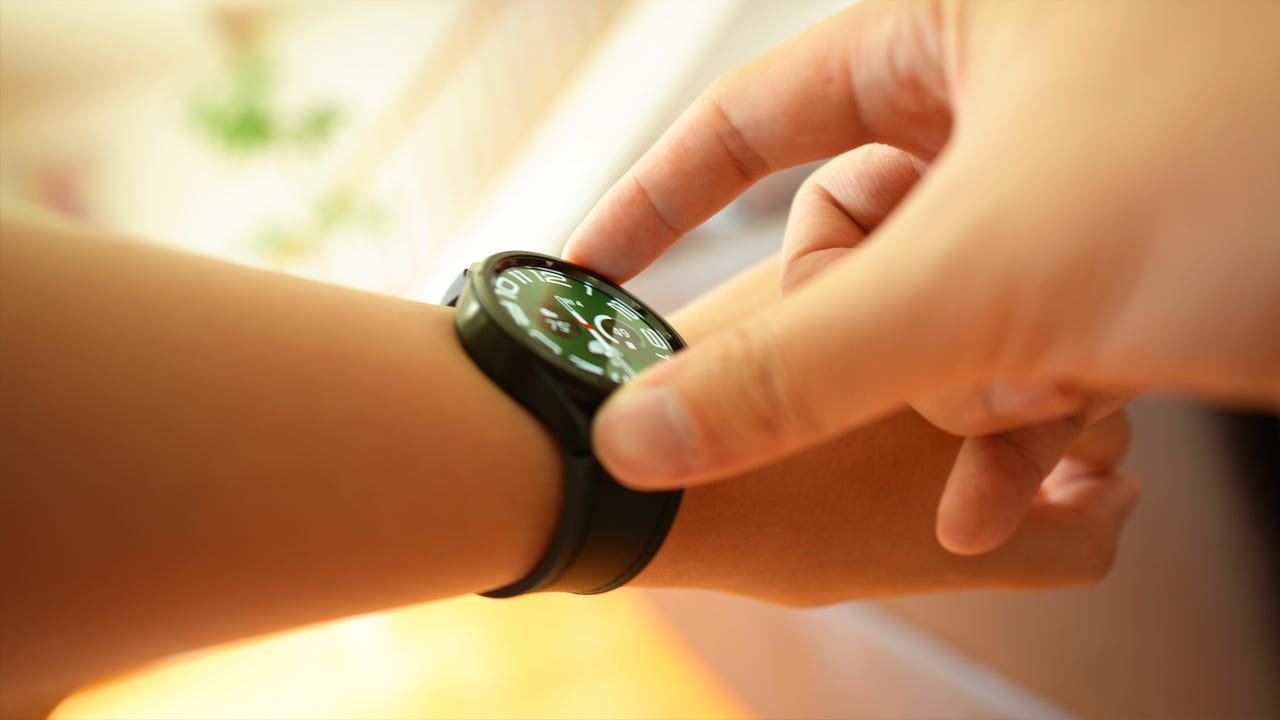'ZDNET Recommends': What exactly does it mean?
ZDNET's recommendations are based on many hours of testing, research, and comparison shopping. We gather data from the best available sources, including vendor and retailer listings as well as other relevant and independent reviews sites. And we pore over customer reviews to find out what matters to real people who already own and use the products and services we’re assessing.
When you click through from our site to a retailer and buy a product or service, we may earn affiliate commissions. This helps support our work, but does not affect what we cover or how, and it does not affect the price you pay. Neither ZDNET nor the author are compensated for these independent reviews. Indeed, we follow strict guidelines that ensure our editorial content is never influenced by advertisers.
ZDNET's editorial team writes on behalf of you, our reader. Our goal is to deliver the most accurate information and the most knowledgeable advice possible in order to help you make smarter buying decisions on tech gear and a wide array of products and services. Our editors thoroughly review and fact-check every article to ensure that our content meets the highest standards. If we have made an error or published misleading information, we will correct or clarify the article. If you see inaccuracies in our content, please report the mistake via this form.
Samsung is trying to beat Apple to these two life-changing health tracking features

Samsung just announced a new lineup of smartphones and teased a Galaxy Ring last week and is now turning its focus towards its next big health breakthroughs. The company is investing heavily to add groundbreaking features to its wearable devices, including more accurate blood pressure monitoring and a way for users to track their blood sugar without the need for finger-pricking.
"If we can do continuous blood pressure and glucose, we're in a whole different ballgame," Samsung's mobile digital health chief, Hon Pak, said during a recent interview. "I think that's where everyone is trying to get to. We're putting significant investment toward that."
Also: Samsung Galaxy S24 series hands-on: I did not expect this model to be my favorite
Health tracking has become a key feature in smartphones and wearable devices like smartwatches and smart rings. The Galaxy Watch already measures its wearer's blood pressure, but it requires calibration with a blood pressure cuff during initial setup and periodical recalibration after that. Neither Apple nor Samsung has been able to add blood glucose sensors to their wearables -- but the race is on.
These technologies take time to develop; Samsung has been working on these goals for years, publishing research in 2020 where it discussed the development of a non-invasive blood sugar monitoring method in collaboration with MIT. Apple has reportedly been researching noninvasive and continuous blood glucose monitoring since at least 2010.
It's not clear what Samsung's current research entails, but its 2020 study made strides into using an off-axis Raman spectroscopy system, a technique that observes the vibrations of molecules involving a laser-based sensor that can detect the presence and concentration of glucose through the skin.
Also: The OnePlus 12 is everything that the Samsung Galaxy S24 isn't, and I prefer it that way
The biggest roadblock for Samsung and Apple is accuracy. These methods are not as accurate as measuring blood sugar directly from the bloodstream, so until these companies can deliver on their promise of accuracy, we won't see a Galaxy Ring or Watch or Apple Watch with a blood sugar monitor.
"We are looking at everything from miniaturization to the various different technology platforms that can do some type of glucose monitoring or anything in between," Pak said, adding that he hopes noninvasive glucose monitoring reaches the market within five years.
Also: Pixel Watch 3 could fix our biggest gripe with Google's wearable
While research is promising, there are currently no fully noninvasive blood glucose monitoring devices commercially available in the mainstream US market. Some blood sugar monitor manufacturers offer continuous glucose monitors (CGM) that require a single prick for insertion and require replacement every 10-14 days. A noninvasive method would allow the over 38 million diabetics in the US a pain-free alternative to measuring their blood glucose continuously, no matter where they are.
Samsung is also working on improving its blood pressure monitoring to go longer without needing calibration with a blood pressure cuff. Apple is planning to add blood pressure monitoring to the Apple Watch later this year, according to Bloomberg.
Also: The best sleep headphones of 2024: Expert tested
"Whether it's Apple or others, I think we are trying to redefine blood pressure in a way that it was originally intended, which is: How much cardiovascular risk do you have?" Pak said in his interview.
With hopes to extend the reach of Samsung Health and provide users with better insight, the company is planning to launch the Galaxy Ring before the end of the year and is researching different sensors in both its earbuds and even a mixed reality headset.
